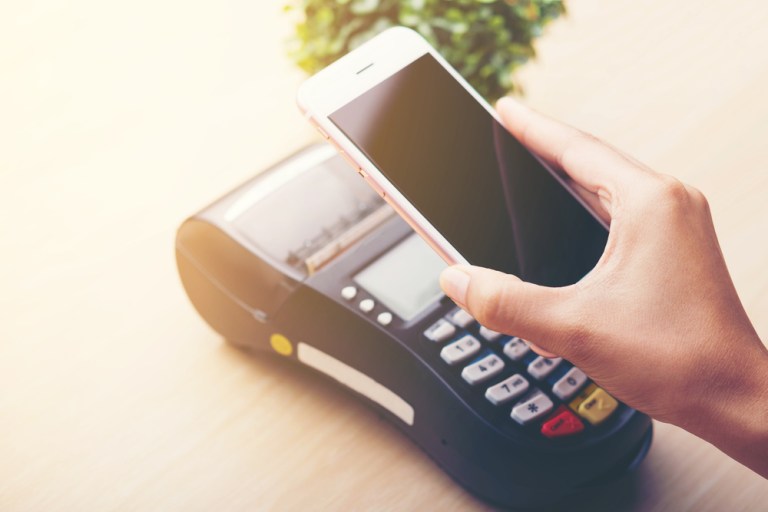
When a customer uses a credit or debit card at the point of sale, Entersekt chief commercial officer Dewald Nolte told PYMNTS in a recent conversation, there is certainty: certainty of experience, certainty that it will be accepted and certainty that it will work.
“All that ubiquity disappears the minute the customer steps into the digital payments world,” Nolte said. “Suddenly, that customer must have the right app at the right place to pay – and somehow, the one they need is never one of the 13 they already have.”
It’s why consumers haven’t abandoned their cards en masse, Nolte told PYMNTs. Digital payments, for all the wonderful things they can do, mostly offer an experience that’s much too fragmented and labor-intensive to get many people to make the swap.
It’s why now is the perfect time, he said, for banks to step in as the “go-to” digital payments source for customers who want to use their phones to pay in-store rather than the plastic cards resting in their leather wallets.
How It Works
In Entersekt’s experience, banks are interested and eager to wade into the world of digital payments, but struggle to get traction – not for lack of interest, but for lack of developer resources.
The average bank Entersekt talks to, Nolte noted, is quick to say that they have, in any given year, “10,000 initiatives” on their plate – and a fraction of the number of developers needed to pursue all of them.
And in the fast-moving world of mobile and digital commerce, it’s far from obvious as to which initiatives warrant the full weight of their abilities.
“From the bank’s point of view, it’s hard to know where to focus and how to prioritize,” Nolte remarked, “especially when so many digital payments innovations have popped up only to disappear overnight.”
That’s a situation that he said will only become more complex as customers initiate payments in a variety of ways: click to pay, or scan to pay, or tap to pay – and soon, voice to pay.
Integrations and onboarding – particularly for banks with large and complex legacy systems – are expensive and time-consuming propositions, which means the question of what to pursue is a crucial one.
It’s one of several reasons why Entersekt launched its new digital commerce enablement product, Connekt.
“What Connekt is about,” he explained, “is making end users able to do mobile payment anywhere by using the mobile banking app that they probably already have.”
The goal of Connekt, according to Nolte, is to take the pain out of the decision by taking the decision away, in favor of giving the banks a single API point that allows them to switch on – or off – any or all mobile payment experiences, and then enable those digital payments from within the bank’s mobile app.
The value to the consumer is that she is no longer flipping through a dozen mobile payment apps – instead, she logs into her banking app and has the capacity to make all the mobile payments she wants and needs to, from a single touchpoint.
And banks, Nolte noted, are able to focus less on the complexity of the technology, and more on the user experience.
Why Work With the Banks?
Nolte said that banks are well aware there are any number of FinTechs hard at work, hoping to become that single touchpoint and disintermediate them.
Look no further than the telecom companies, who, Nolte said, are in the era of the mobile phone, as the data pipes for the Apple and Android ecosystems. It’s wouldn’t be hard, he pointed out, for banks to become “transaction pipes,” where their payment capability is relegated to back-end and third-party services.
“It completely takes the value proposition away from the bank,” he noted – but added that banks still have a lot of advantages in this race.
“First, if you think about these third-party applications – the non-banking applications – all of these need a payment credential to be added and onboarded. They have a first-time friction issue that a bank doesn’t have, because they already have it,” he said.
And, as Nolte pointed out (and PYMNTS data confirmed), at the end of the day consumers trust their banks more than other entities. And that trust – particularly when it comes to protecting their personal data – is a very big deal.
And tech firms – as Facebook’s recent travails have illustrated – have a long way to go in building the kind of deep trust reserves that banks already have at their disposal.
Consumers want consolidation, but they also want payments schemes they can trust with their data and their money. According to Nolte, the market has been too fragmented to move forward and start making some real progress.
“If the banks can get this right, it would be a big step forward in consolidating the space.”